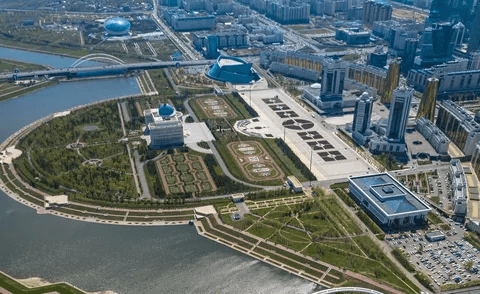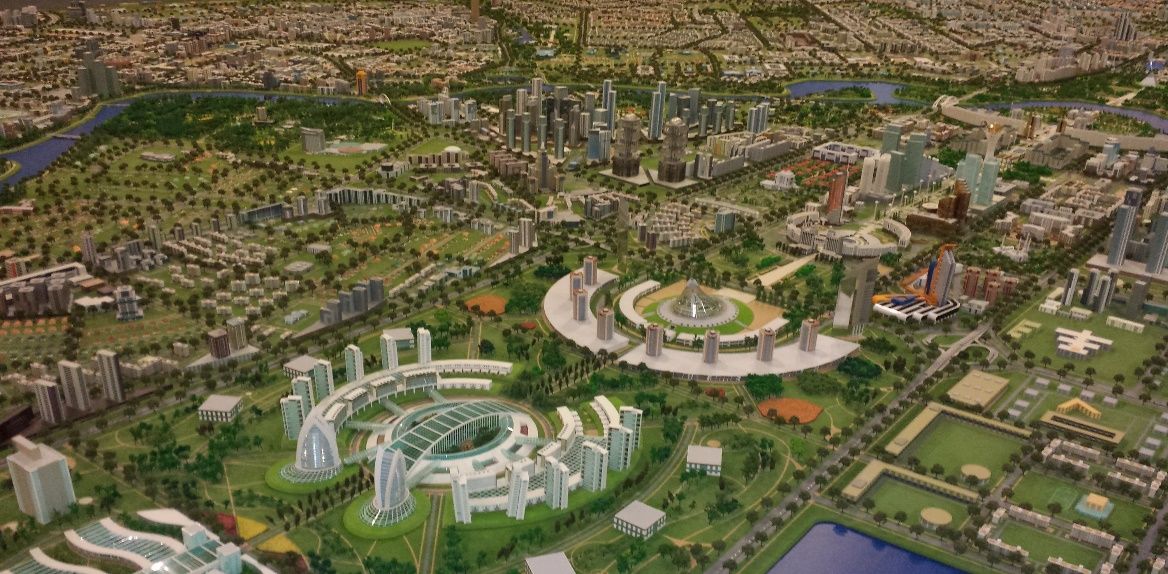Currently, the search for strategies to create a sustainable urban environment in new and existing urban settlements is a priority. It should be noted that with the emergence of new settlements, everything is relatively clear, and we are talking about high structures mainly focused on public transport and using LED (Low Impact Development) technology [1].
Considering the concept of sustainable development of the urban environment (sustainable urban development) as a comprehensive development strategy, an approach to it appears. Implementation in social and landscape planning aspects. From the point of view of social stability, the goal is to reduce socio-spatial isolation at the urban level, prevent the degradation and segregation of the residential environment, create a communicative community and create conditions for the cultural development of residents living in this area.
The aspect of landscape planning involves the preservation and restoration of natural systems and the compensation of the consequences of anthropogenic activity, as well as the change of the mobility structure, in particular, the introduction of environmentally safe modes of transport and the improvement of the quality of communication spaces [2].
Thus, recent socio-economic changes, increased mobility and concentration of the population, increasing requirements for the comfort of the urban environment require continuous functional-spatial changes of the urban environment, which changes based on the active use of the natural component. Changing the spatial environment of cities, their development and reconstruction is a state change [3].

Fig. 1. Right bank of Astana
In accordance with the current master plan of the city, it is recommended to modernize the existing service system, which includes the development of the network core of the city center, the formation of public and business centers at transport hubs, and the public development of the coastal area, in addition to the traditional development of public functions in the areas where street construction will take place [4].
Modernization of the functional-planning organization of the city-wide center objects included in the master plan will cause corresponding structural changes in the system of the planning organization of open areas.

Fig. 2. General plan of Astana city
Changes in the functional-planning organization of public service facilities affect the development of transport infrastructure, the distribution of traffic and pedestrian flows, the distribution density of the road network, etc. b. affects.
The analysis of the current state of the city's transport system reveals an insufficient degree of density that does not correspond to the level of carization, insufficient differentiation of traffic types, an ill-conceived parking system, etc. b. showed.
The landscaping system included in the master plan of the city corresponds to the construction scheme and forms a unique "green grid" with wide strips. The grid planning structure of landscaping is complemented by open areas divided in the structure of quarters for district parks.

Fig. 3. Presidential Park
Reconstructive changes to the transport infrastructure of the city at all levels of its design should be carried out in close connection with the internal system of service delivery [6].
In addition, the urban landscaping system is currently valued not only as a building environment, but also as a structural component or frame capable of active interaction with traffic and vehicles. Service infrastructures therefore influence their formation and change.
Natural components are known in the modern sense of the so-called "landscape urbanism". If not at the forefront of the spatial development of the city, at least it is called to simultaneously and interdependently solve the structural-planning organization of construction and natural landscape environment in urbanized settlements.
Based on the complex consideration of the principles of "mobility", "sociality" and "nature", it aims to transform the open space of the city into a multifunctional organism, is considered capable of urban restructuring and revitalization of urbanized landscapes.
The analysis of the existing system of open spaces of the city according to the criteria that take into account the complex assessment made it possible to develop proposals for their reconstruction based on the following principles:
- continuity of the system of green areas;
- connection of landscaping, public service facilities and transport links;
- availability and uniform distribution of green areas for recreation and pedestrian transit;
- possibility of change in the context of social and functional-spatial changes in the green city structure;
- functional diversity of landscaping objects, compliance with modern aesthetic requirements.
Implementation of the above-mentioned principles was carried out on the basis of the following methods of reorganization of the city planning structure:
- Transformation of the existing large-scale planning grid of residential quarters by dividing it with landscaped roads. Designed to facilitate pedestrian communication and isolate residential groups from incidental transit traffic and unauthorized parking.
- Complementing the existing typologically monotonous and unevenly distributed landscaping - district parks and city parks: "small-site" elements of the urban green structure that correspond to the transport and public infrastructure in terms of forest park, typology, dimensions and architectural-landscape solutions.
The proposed methods of reconstruction of the landscape-planning structure are relevant for many residential areas in the period of mass construction, which do not "morally" meet the level of modern requirements and can be taken into account during their reconstruction.

.png&w=640&q=75)